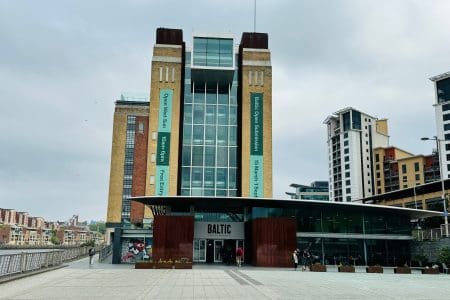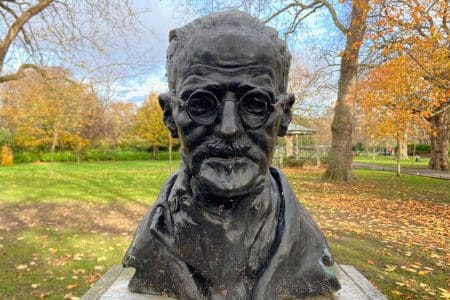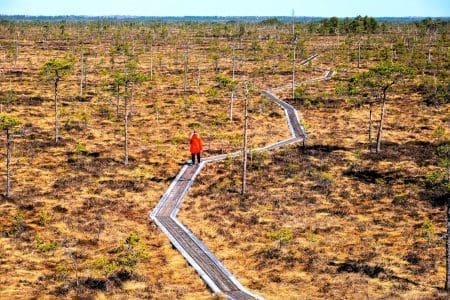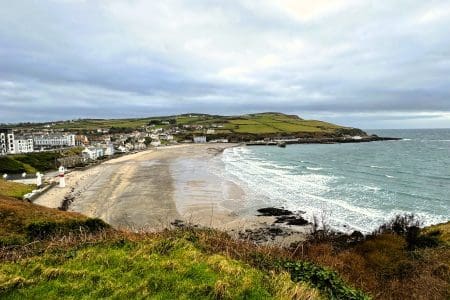Mark Bibby Jackson goes on an amazing Sri Lanka train ride, visits former capital Kandy, tea plantations and hikes along the Pekoe Trail.
I first fell in love with train travel in India while backpacking in my late twenties. Then, I would sit in the well between carriages my feet dangling as the train made its leisurely way through the endless Rajasthan countryside. My Sri Lanka train ride from Nuwara Eliya to Demodara transposes me to those blissful days.
Sri Lanka Train Ride
The experience starts with the commotion on the platform. The anticipation for the inevitably slightly delayed train and then the mad rush as people try to find a seat. This is not a time for the faint of heart.
Opened in 1864, Line 1 from Colombo to Madula reaches 1,898 metres above sea level, the highest train route in the Sri Lanka railway system. Built for the tea industry, it is apparently the highest constantly running railway on standard gauge anywhere. It is also arguably one of the most scenic rail journeys in the world.
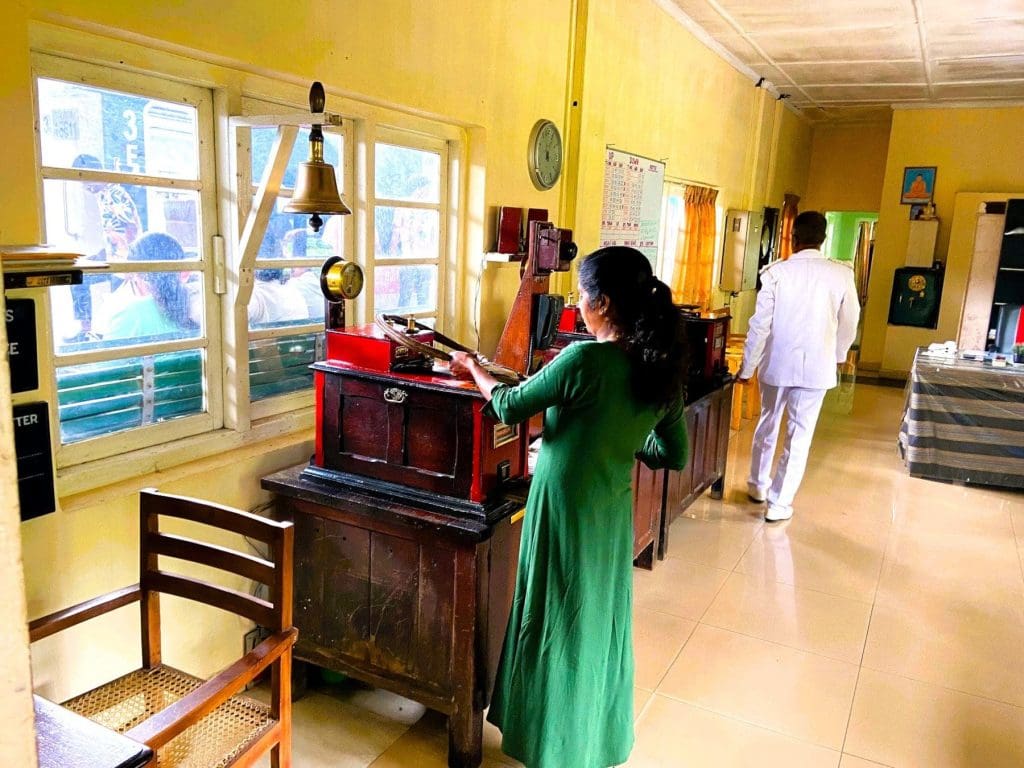
The station at Nuwara Eliya is an interesting example of the period. It still uses the original tablet signalling system, where the horse-shoe shaped ‘tablet’ is physically conveyed to the station office to assure the driver that they have exclusive right to the track ahead. Without the tablet, they can not proceed.
Fortunately, we do not have to join the frantic melee as we have reserved first class seats. The ride is amazing. We pass through the wonderful scenery of Sri Lankan tea plantations, and over viaducts with breath-taking views, while vendors walk the corridor offering us lentil balls and vegetable samosas. It seems like time has stood still since the 90s of India. I even relive the freedom of my youth. Standing not sitting – the knees are not what they were – in the doorway and breathing in life.
Just after Ella, we catch the magnificent Nine Arches Bridge on our left. All the passengers lurch to the left to capture that unique shot of one of the most spectacular sights in Sri Lanka.
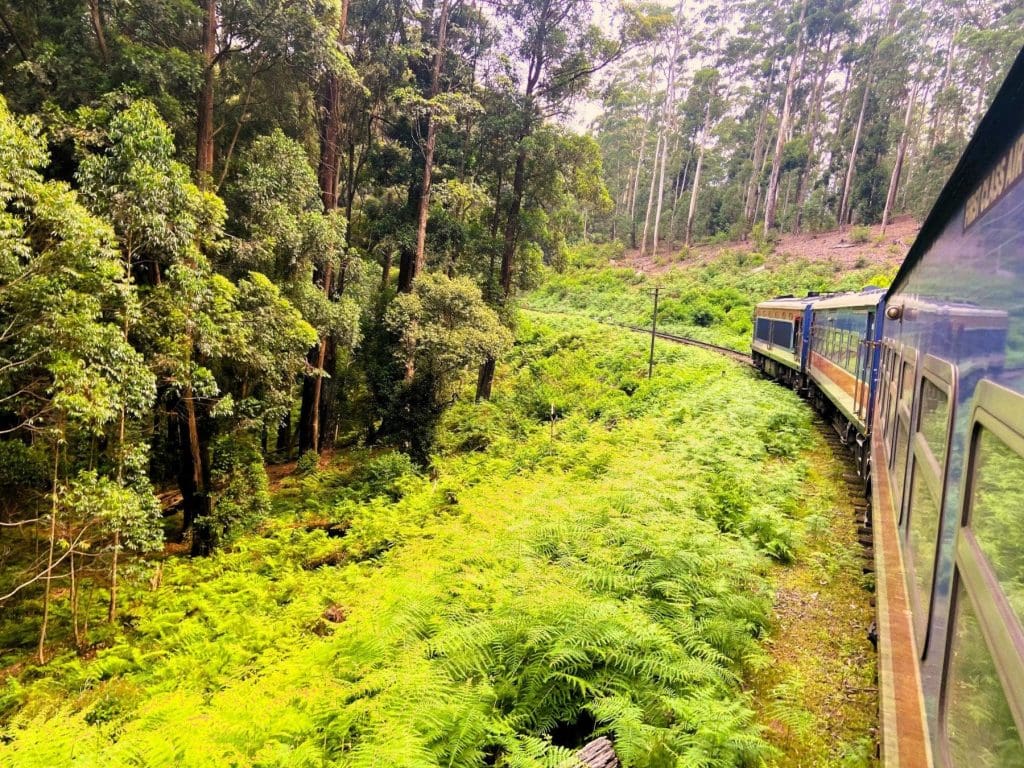
Kandy and the Temple of the Sacred Tooth Relic
The previous day we visited Kandy, which was the capital of Sri Lanka from the late 15th century to 1815.
Legend has it that a relic of the Buddha – a tooth – was brought to Sri Lanka in the early 4th century. In 1592, it was conveyed to Kandy, and now is housed in the Sri Dalada Maligawa, or Temple of the Sacred Tooth Relic, in an ivory case on the first floor. The temple is regarded as the holiest place in Sri Lanka, and was named a World Heritage site by Unesco in 1988.
In truth, the temple itself is nowhere near as spectacular as either Sigiriya Rock or Dambulla I visited the previous day, but it is of interest especially for its religious and cultural significance. Both tooth and case are kept locked away from the public, and the only time you can see them is during its annual Kandy Esala Perahera procession, which takes place in July and August, and involves up to 100 elephants.
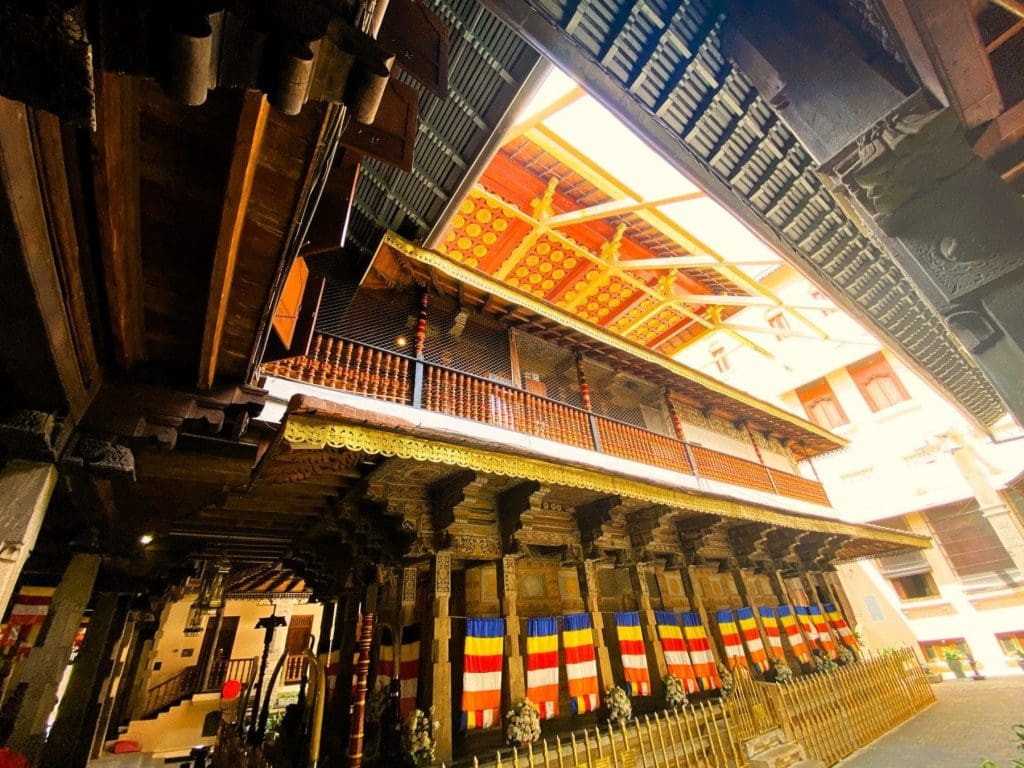
Glamping and Pétanque at Madukelle Tea and Eco Lodge
That morning started unexpectedly with a game of pétanque in the tea plantations with Philippe Gomez owner and Chair of Madukelle Tea and Eco Lodge.
Over an excellent dinner the previous evening, which followed a cultural dance performance involving a lot of face piercing, Philippe had challenged me – or was it vice versa – to a game.
Some 1,000 metres above sea-level, Madukelle has one of the most beautiful views in Sri Lanka, or so Philippe had promised as we arrived in the dark following our long drive from Sigiriya. And so, it proved as I woke that morning with a glorious vista of the Knuckle Mountains and down to Lake Victoria.
Madukelle has 19 spacious tented eco-lodges with their own balconies excellent for relaxing and taking in the views of the surrounding countryside which includes 24 acres of organic tea plantations owned by Philippe.
It is on a dirt road in the latter that Philippe and I have our friendly game. After this we walk towards a wonderfully out-of-place London red phone box, where we are joined by some of the tea pluckers who seem most keen to pose for the camera. All the pluckers are women from the local community, while the men prune the trees.
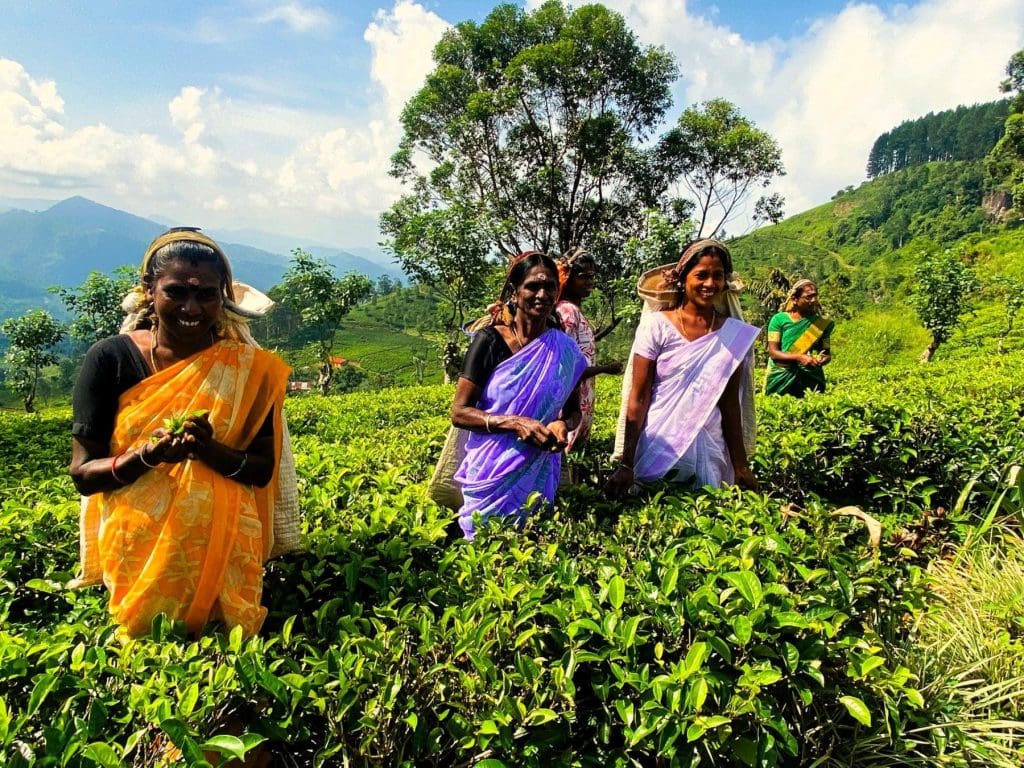
Madukelle is the most tranquil place. Here you can trek, do yoga or play pétanque. It is also very sustainable with energy provided by solar panels. I really have little desire to leave, driven on mainly by a desire to deny Philippe any chance for gaining revenge for my earlier victory on the dirt pétanque paths of Madukelle.
Sri Lanka Tea Tasting at St Andrews
After Kandy, we drive to Nuwara Eliya, from where we catch the train the following day. This is the epicentre of the country’s tea growing region.
Tea was introduced to Sri Lanka by a Scot, James Taylor in 1867. So, it is appropriate that we are to stay at Jetwing’s St Andrews, a former mansion built in 1875 and converted into a boutique hotel 1,800 metres above sea level, and a few kilometres outside of town.
Tea is a major contributor to Sri Lanka’s economy, accounting for 2% of GDP or US$1.3 billion (2021) and employing more than a million people, directly and indirectly. The country is the third largest exporter of tea in the world.
At St Andrew’s, we are given a tasting of the finest artisanal Sri Lanka tea in the country from white to blue butterfly pea flower tisane, and even a pink green tea, which was as excellent as it was linguistically confusing.
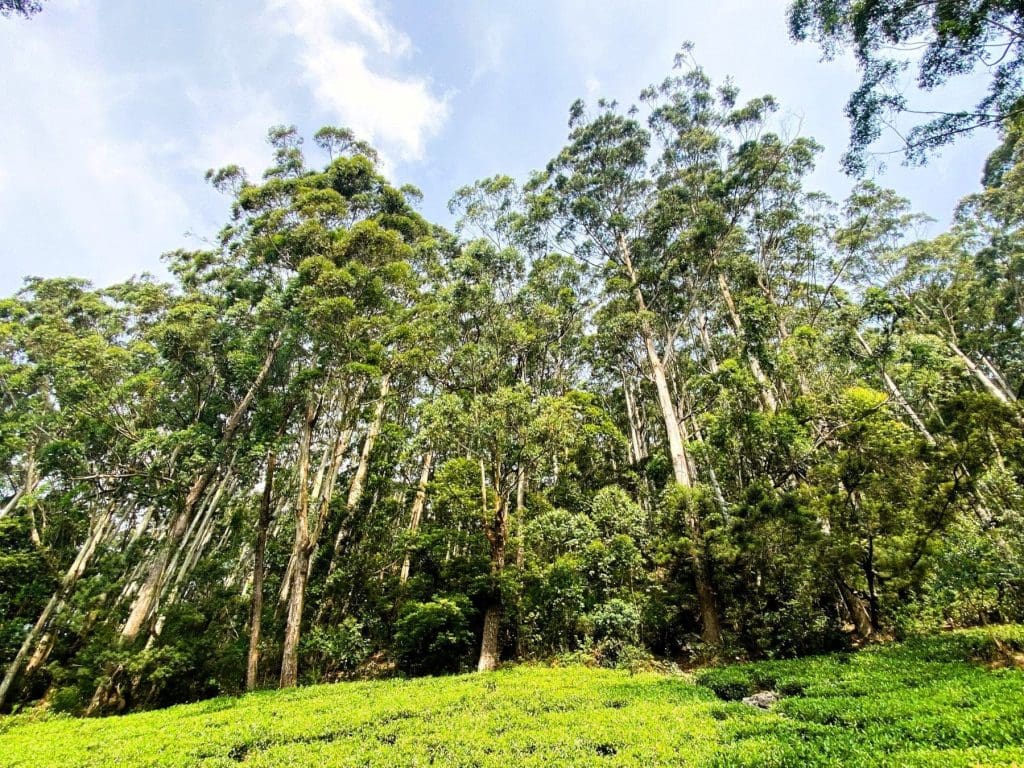
Walking the Pekoe Trail
The following morning, we leave St Andrews and its tea behind us to go for a walk on the Pekoe Trail.
A 300-km curated long walking route through the Central Highlands from Hanthana near Kandy to Nuwara Eliya, the Pekoe Trail is separated into 22 stages allowing you to break up your journey, or as we did just sample a short stroll.
On our stretch the trail is well marked with white arrows on a green background. We pass through tea plantations and through a eucalyptus tree forest where leopards apparently can be found.
EU and USAID funded, the Pekoe Trail is foremost a development project. Vishadini (Vish), who is the project manager of the development side of the trail, as well as our guide for the day, explains the concept is for modern day pilgrims to stay with selected local households, thus improving rural sanitation and providing vital community income. According to Vish, the whole trail should be open by winter.
It is really peaceful. I see a black eagle and a small brown bird which had the most beautiful birdsong. As we near the end of our walk at the Pedro Estate, we hear music coming from a neighbouring village.
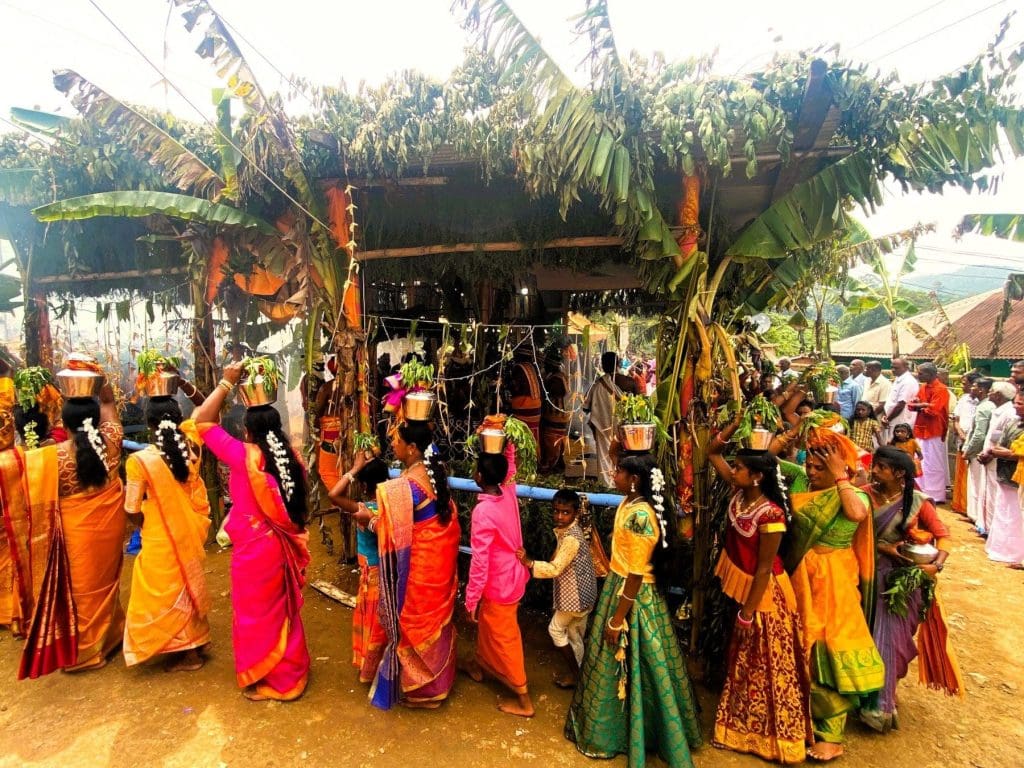
Our arrival is most timely as the villagers are celebrating the 19th anniversary of the founding of their local temple, which is dedicated to Murugan, the god of war. This is a most colourful and joyous celebration, although I feel somewhat of an interloper.
Our walk along the Pekoe Trail concludes at the Pedro Estate. Established in 1885, this is where James Taylor planted the first tea shrubs. Their impressive client list includes Harrods. We are taken on a tour of the factory which still has some of the original machinery in operation.
After our magical, rejuvenating train ride we descend through the tea plantations from Ella towards the coast and Wellawaya. As our trip has coincided with the June full moon the road is crowded with people offering free food. Not for the first – or last – time on our journey through Sri Lanka I feel most fortunate to be here.
Mark was hosted on the trip by Visit Sri Lanka. He flew from London Heathrow with Sri Lanka Airlines.
All images by Mark Bibby Jackson.
